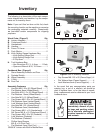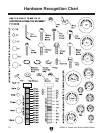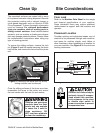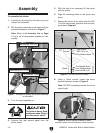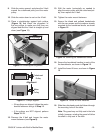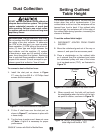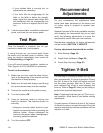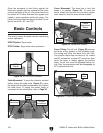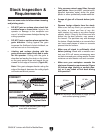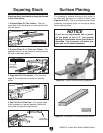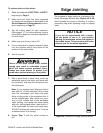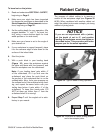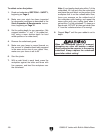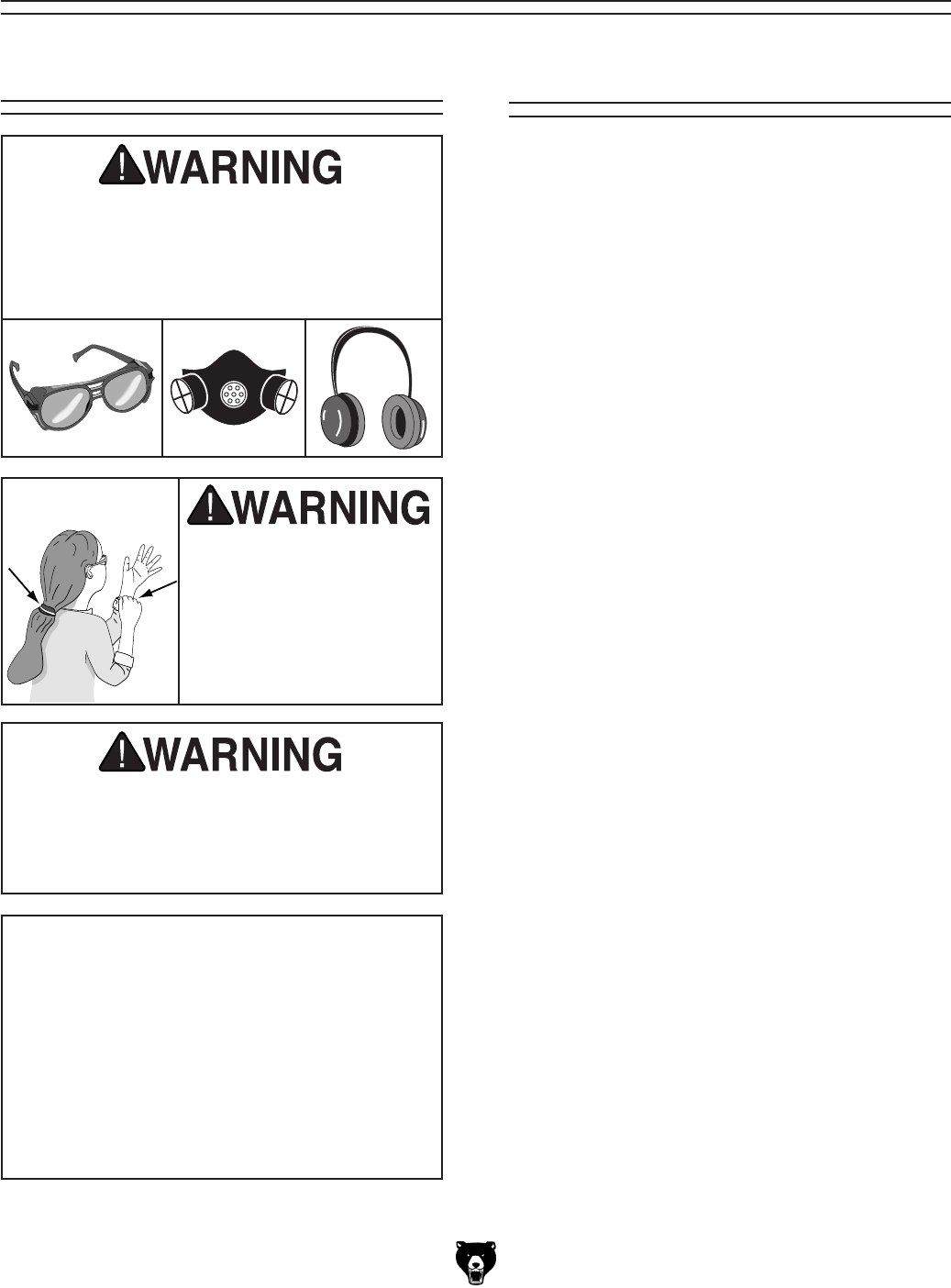
G0656 8" Jointer with Built-In Mobile Base
-19-
Damage to your eyes, lungs, and ears could
result from using this machine without
proper protective gear. Always wear safety
glasses, a respirator, and hearing protection
when operating this machine.
Loose hair and cloth-
ing could get caught in
machinery and cause seri
-
ous personal injury. Keep
loose clothing and long
hair away from moving
machinery.
Operation Safety
SECTION 4: OPERATIONS
NOTICE
If you have never used this type of machine
or equipment before, WE STRONGLY REC
-
OMMEND that you read books, trade maga
-
zines, or get formal training before begin
-
ning any projects. Regardless of the con
-
tent in this section, Grizzly Industrial will
not be held liable for accidents caused by
lack of training.
Jointer Overview
A jointer is primarily used to flatten the face or
edge of a workpiece, which is required when
properly "squaring up" a workpiece for later con
-
struction or joining multiple pieces with glue. A
jointer can also cut bevels, rabbets, and other
specialized cuts with various jigs or fixtures.
The primary components of the jointer are the
cutterhead, outfeed table, infeed table, and fence.
A typical cut on a jointer is made by firmly holding
a workpiece against the infeed table and fence,
then moving the workpiece over the cutterhead
while using the fence as a guide. As the workpiece
moves over the cutterhead, the knives make
many shallow cuts that "shave" off the surface of
the workpiece. After moving over the cutterhead,
the workpiece is received by the outfeed table,
which along with the fence, continue to guide the
workpiece across a flat plane until it completely
passes the cutterhead. Since only a small amount
of the workpiece is removed during a jointer cut,
most jointer cuts are repeated many times to yield
a desired result.
In order for the jointer to cut properly, all the
knives in the cutterhead must be set at the same
height in the cutterhead.
Additionally, the outfeed table must be even
with the cutterhead knives at their highest point
of rotation to keep the freshly cut portion of the
workpiece in the same plane as it was cut, which
is what yields a flat workpiece.
The position of the infeed table relative to the
outfeed table is what controls the cutting depth.
If the infeed table is
1
⁄16" lower than the outfeed
table, then
1
⁄16" of the workpiece will be removed
by the cutterhead as the workpiece passes from
the infeed table to the outfeed table.
Lock the mobile base wheel before operat-
ing the jointer! Operating the jointer with the
wheel unlocked may cause loss of control
and serious personal injury.



